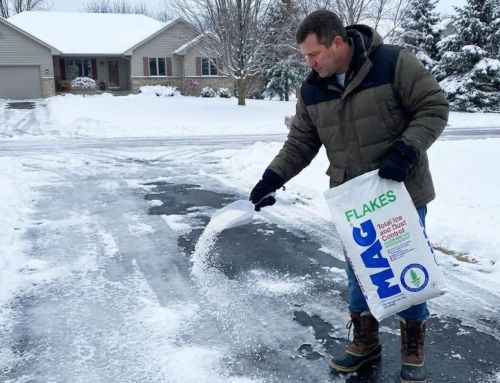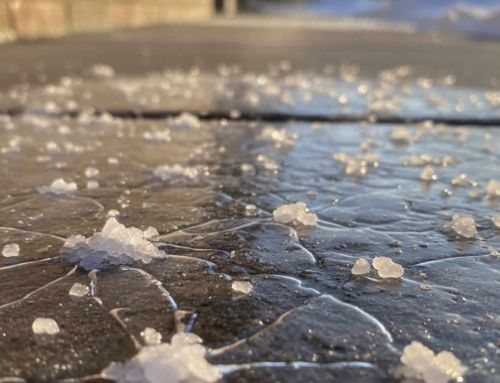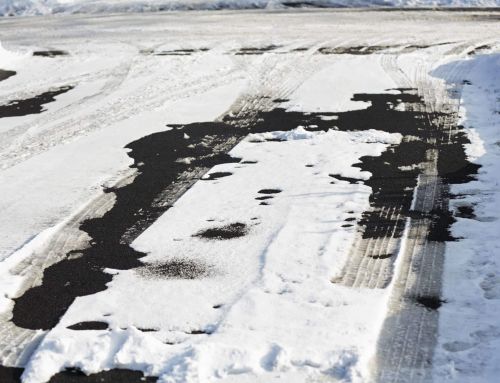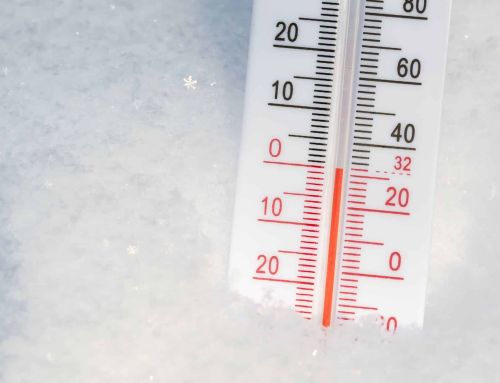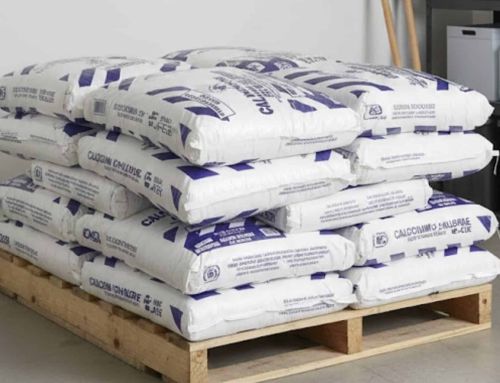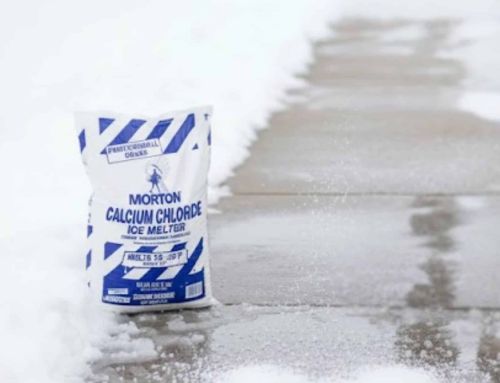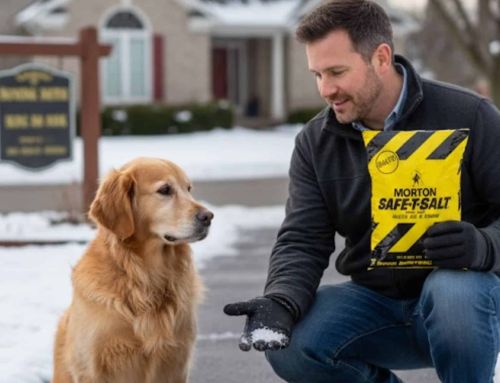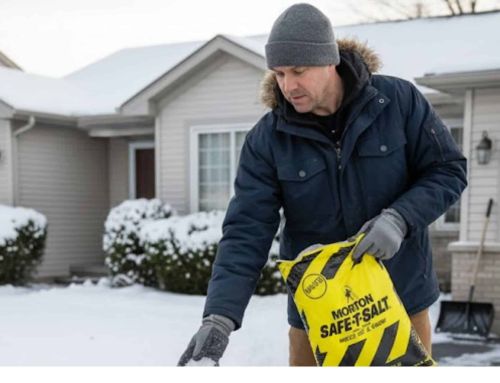A well-designed paver patio can transform your backyard into a beautiful, functional outdoor space that lasts for decades. However, before choosing patterns or colors, it’s vital to understand the paver patio cost. The total cost depends on several factors, including the square footage of your patio area and the right paver material. It also depends on labor costs, site conditions, and design complexity. Each decision, whether it’s selecting concrete pavers, brick pavers, or natural stone pavers, can make a huge difference in the final price. It can also affect the long-term value.
This guide breaks down average costs and compares different paver materials. It also explains how project complexity, site prep, and proper installation affect your budget. You’ll also discover how to manage material costs and labor costs, and explore tips to avoid surprises during your paver patio project. By understanding these key factors, you can choose the most suitable material choices for your paver projects, control overall cost, and ensure your new paver patio enhances your outdoor space for years to come.
Average Paver Patio Cost Overview
On average, most homeowners spend $4,000 to $16,000 for a new paver patio, depending on patio size, paver material, and installation method. That works out to roughly $12–$40 per square foot for both materials and labor.
- Small patio (100 sq. ft.) – $1,200–$4,000
- Medium patio (300 sq. ft.) – $3,600–$9,000
- Large patio (500 sq. ft.) – $6,000–$16,000
While it’s tempting to focus only on the paver material cost, remember that most of the overall cost comes from site prep, base installation, labor, and other factors. Proper installation and base work are critical for long-term performance. Skipping them can lead to uneven surfaces, poor drainage, and costly repairs.
Key Factors That Affect Paver Patio Cost
Several factors influence the final price of a paver patio project, and understanding them helps you plan effectively and avoid surprises. The total cost is shaped not only by the paver material and square footage. It is also influenced by design complexity, site prep requirements, labor costs, and any additional features you choose to include. Elements like soil conditions, accessibility of the patio area, and seasonal timing can also have a significant impact on both material costs and installation efficiency.
1. Patio Size & Shape
Larger patios have a higher total cost but a lower cost per square foot due to material and labor efficiencies. Simple square or rectangular patios are quicker to install. Complex patterns, curved edges, or multi-level designs require more materials, labor, and cutting, which increases the overall cost.
2. Material Choices
Your choice of paver material plays a huge role in the final price:
| Paver Material | Average Cost per Sq. Ft. (Materials + Labor) | Notes |
|---|---|---|
| Concrete Pavers | $8–$16 | Standard concrete pavers are affordable, durable, and available in various shapes. |
| Brick Pavers | $14–$24 | Offers a classic look and is eco-friendly, but has limited color variety. |
| Natural Stone Pavers | $12–$30 | Includes flagstone, travertine, limestone, and granite; offers premium materials with unique textures. |
| Porcelain Pavers | $10–$22 | High-end appearance with slip resistance; requires careful handling. |
| Permeable Pavers | $6–$18 | Designed for proper drainage and environmental benefits. |
3. Labor Costs
Labor costs vary by region and project complexity, with professional installation averaging $10–$25 per square foot. Simple designs cost less, while intricate patterns or difficult site conditions like slopes or tight spaces increase labor time, equipment needs, and overall cost.
4. Site Prep & Site Conditions
Excavation depth depends on soil type, with clay requiring more aggregate for proper drainage. Removing existing patios or sod and using equipment like a sod cutter or plate compactor can also increase the total cost.
5. Design Complexity
Complex patterns like herringbone or basketweave and other intricate patterns require more cutting and installation time, which increases labor costs. Additionally, curved edges, retaining walls, or inlaid borders add to both material costs and project complexity. Multiple levels or steps can further raise the final price by 15–25%, making design choices a key factor in the total cost of a paver patio project.
6. Permits & Regulations
Some municipalities require permits for paver patios that exceed a certain size. These permits help ensure the project meets local building codes and regulations, especially when working with a paver installation company. Permit fees typically range from $100 to $300, adding to the total cost of a paver patio project.
Additional Features That Can Increase Costs
Adding extra features to your paver patio can enhance your outdoor space, but also increase the final price:
- Fire pit – $800–$3,000
- Outdoor kitchen – $4,000–$20,000+
- Pergola – $2,000–$8,000
- Seat walls or retaining walls – $20–$40 per sq. ft.
- Outdoor lighting – $200–$2,000
Maintenance, Longevity & Long-Term Value
With proper installation and maintenance, most paver patios last 25–50 years, while natural stone pavers can last even longer due to their durability. Regular upkeep helps preserve both appearance and structural integrity. It ensures the patio maintains its long-term value, particularly when using high-end materials.
Maintenance costs are relatively low, with sealing every 3–5 years averaging $1–$2 per square foot, weed control requiring minimal expense but consistent attention, and power washing with re-sanding costing around $0.50–$1.50 per square foot. A well-installed paver patio can add 50–75% of its cost to your home’s resale value, and investing in high-end materials with proper installation further enhances ROI and overall appeal.
Tips to Save Money Without Sacrificing Quality
- Buy in bulk from a local supplier to reduce material costs.
- Schedule during off-peak season for potential labor discounts.
- Opt for efficient designs because fewer curves and less cutting mean lower costs.
- Handle site prep yourself if you’re comfortable with excavation and base preparation.
- Choose locally available materials to avoid high shipping costs.
Local Perspective: New England Paver Patio Costs
In Massachusetts and the broader New England area, average costs for paver patios often run slightly higher than in other regions. This is largely due to seasonal installation windows, as winter freezes limit work time, along with premium demand for natural stone pavers like bluestone and granite. Additionally, higher labor costs compared to some regions can raise the overall cost of a paver patio project, especially for complex designs or larger patio areas.
However, sourcing from a local paver installation company or supplier, such as Old Station Outdoor & Landscape Supply, can help offset some of these expenses. Local suppliers can reduce delivery fees, offer better material availability, and provide guidance tailored to New England’s unique climate and site conditions. Choosing locally stocked paver materials also minimizes delays and ensures proper installation within the short seasonal window. It supports long-term value by matching the best products to regional weather patterns.
Step-by-Step Budget Planning Guide
- Measure your patio area in square feet.
- Choose your paver material and desired pattern.
- Estimate material costs, including base materials, edge restraints, and sand.
- Decide on DIY vs. professional installation and factor in labor costs.
- Add extra features like lighting or a fire pit if desired.
- Include a maintenance budget for sealing and cleaning.
Conclusion
A paver patio is a long-term investment that can transform your backyard into a beautiful, functional outdoor space while increasing your home’s value. The final cost is influenced by several factors, including patio size, material choices, site conditions, and whether you opt for DIY installation or professional installation. Considering these key factors early in the planning stage helps ensure proper installation, control overall cost, and achieve the best long-term value for your paver patio project.
At Old Station Outdoor & Landscape Supply, we offer premium materials, expert advice, and convenient local delivery to help you get the most from your paver project. From selecting the right paver material and design to addressing site prep and drainage needs, we guide you every step of the way. Whether you’re just starting to plan your new paver patio or ready to move forward with installation, our team can help you create an outdoor space that meets your budget, enhances your home, and stands the test of time. Contact us today to get started on your project!
FAQs
How much does it cost to install a paver patio?
The cost to install a paver patio typically ranges from $12 to $40 per square foot, depending on the paver material, patio size, and labor costs. Factors like design complexity, site conditions, and proper installation methods can also impact the total cost. Professional installation generally ensures longer-lasting results compared to DIY installation.
How much is a 20×20 patio?
A 20×20 patio, which equals 400 square feet, can cost between $4,800 and $16,000 depending on the chosen paver materials, labor rates, and design complexity. Using premium materials like natural stone pavers will be on the higher end of the range. Simpler designs with standard concrete pavers can help keep costs lower.
Is a paver patio cheaper than concrete?
A paver patio is usually more expensive upfront than a poured concrete patio, with higher material and labor costs. However, paver patios offer better durability, easier repairs, and higher long-term value, despite having a higher cost per square foot. Over time, this can make a paver patio more cost-effective than concrete.
How much does it cost to install pavers?
The cost to install pavers ranges from $10 to $25 per square foot for labor alone, depending on project complexity and regional rates. When factoring in paver material costs and actual costs, the total cost can range from $12 to $40 per square foot. Choosing the right paver material and pattern will directly influence the final price.


